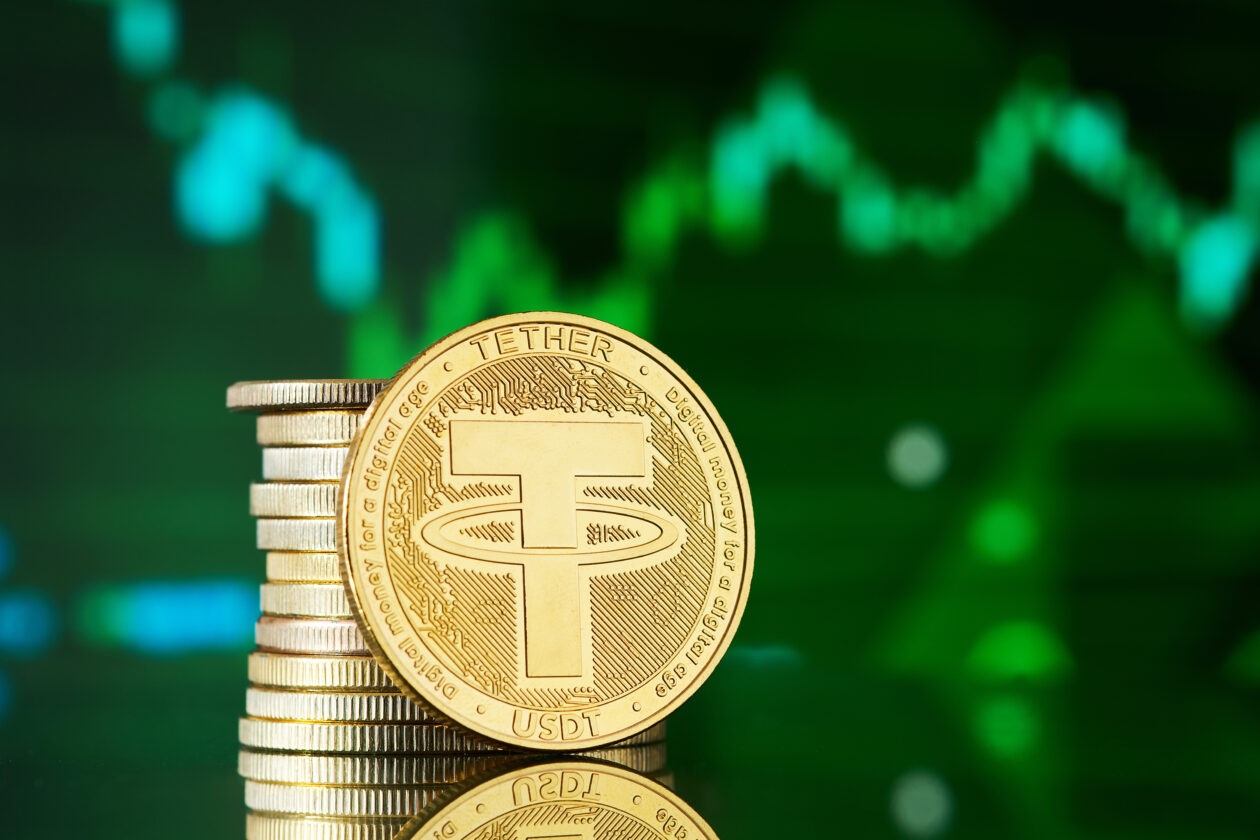
Binance Discontinues USDT Spot Trading in the EEA
In a move to comply with the Markets in Crypto-Assets Regulation (MiCA), Binance has discontinued spot trading pairs with Tether’s USDt (USDT) in the European Economic Area (EEA). This decision aligns with a regulatory roadmap disclosed by the exchange earlier in March 2025. However, despite the delisting, EEA users can still hold USDT in their Binance accounts and trade it via perpetual contracts.
Other Exchanges Follow Suit
Binance is not alone in implementing these changes. Other major cryptocurrency exchanges, such as Kraken, have also taken steps to remove spot trading pairs involving USDT within the EEA. Kraken announced its intention to comply with MiCA in February and restricted USDT trading to sell-only mode on March 24. As of now, Kraken does not allow its EEA users to purchase the affected tokens, further tightening the regulatory landscape in Europe.
Regulatory Clarifications from ESMA
The European Securities and Markets Authority (ESMA), responsible for MiCA compliance, has clarified certain aspects of the regulation. According to ESMA’s statements on March 5, custody and transfer services for non-MiCA-compliant stablecoins, including USDT, do not violate European cryptocurrency laws. This clarification has allowed exchanges like Binance and Kraken to continue offering custody services for delisted tokens.
Despite this allowance, there remains some regulatory ambiguity. ESMA has also advised European crypto asset service providers to halt all transactions involving non-MiCA-compliant tokens after March 31, creating uncertainty among market participants.
Impact on EEA Crypto Traders
The discontinuation of USDT spot trading in the EEA presents both challenges and opportunities for traders. While direct USDT transactions are no longer possible on Binance and Kraken, users can still hold their tokens and participate in derivative trading, such as perpetual contracts. This means that traders looking to engage with USDT in the EEA must adapt to using alternative trading methods or seek compliant stablecoin alternatives.
Future Outlook
As MiCA regulations continue to take effect, the European crypto market is expected to undergo further adjustments. Exchanges will likely introduce new stablecoin options that align with MiCA compliance, and regulatory bodies may provide additional clarifications. For now, traders in the EEA must navigate the evolving landscape with a keen awareness of ongoing regulatory updates and exchange policies.
Stay tuned for further updates on MiCA’s impact on the European crypto ecosystem.

